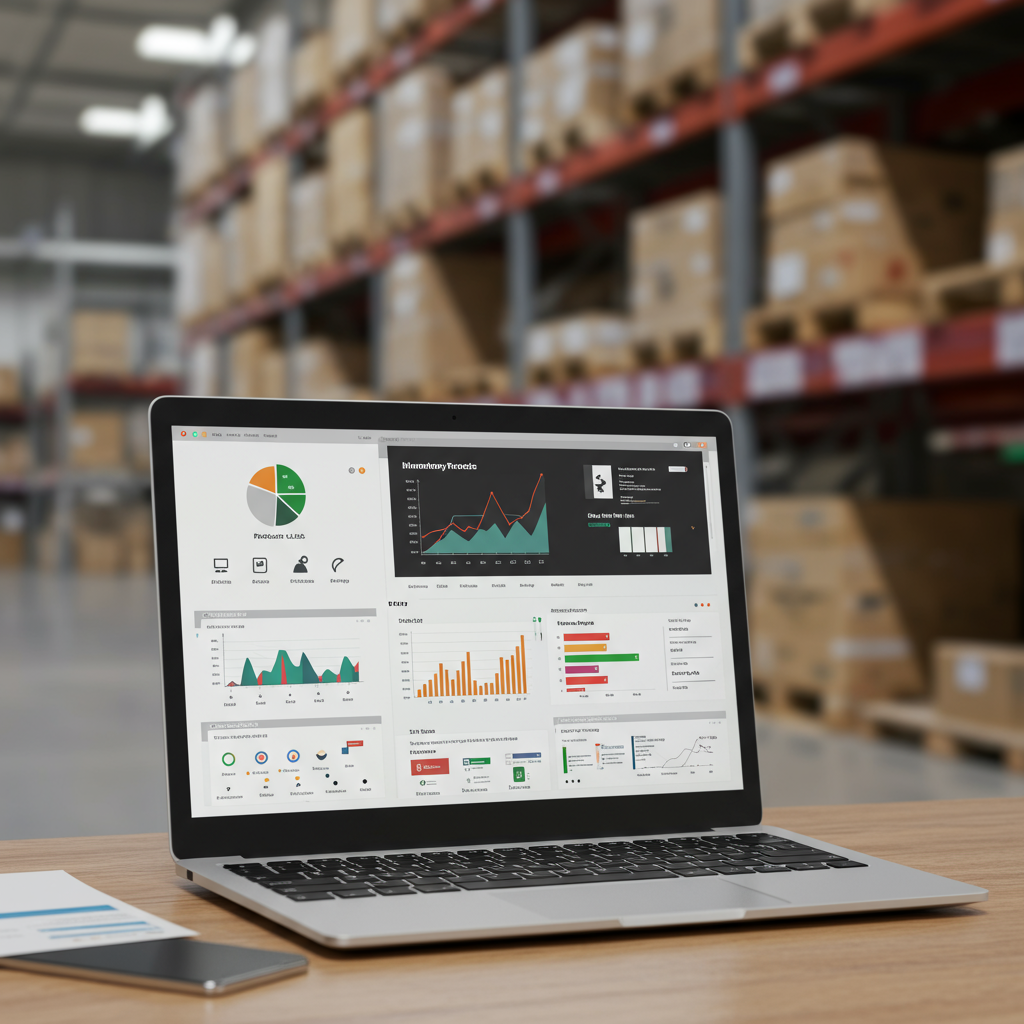Streamlining Your Stock: A Merchant’s Guide to Choosing the Right App for Your Shopify Store
As a Shopify merchant, I’ve learned firsthand that managing inventory isn’t just a task; it’s the backbone of a successful e-commerce operation. Without proper control, you’re looking at stockouts, overselling, frustrated customers, and ultimately, lost revenue.
For years, I struggled with spreadsheets, manual counts, and a constant fear of misplacing products or missing crucial reorder points. It was a chaotic dance that consumed far too much of my time and energy.
This is where Shopify inventory management apps become indispensable. They transform a daunting, error-prone process into a streamlined, automated system, giving you back valuable time to focus on growth.
I’ve spent considerable time researching and even personally testing several of these solutions, and I want to share my insights to help you navigate this often-complex landscape.
Before diving into specific apps, let’s talk about what I believe are the non-negotiable features you should look for in any inventory management solution.
First and foremost, real-time synchronization is critical. Your inventory levels need to update instantly across all sales channels – your Shopify store, brick-and-mortar, marketplaces – to prevent overselling or stockouts.
If you operate from multiple warehouses, fulfillment centers, or even just have products stored in different locations, multi-location support is a must. The app should accurately track stock at each specific site.
Robust order management capabilities are also vital. This includes tracking orders from creation to fulfillment, managing returns, and ensuring accurate stock deductions.
Comprehensive reporting and analytics are another key area. I need to see what’s selling, what’s not, inventory turnover rates, and profit margins to make informed purchasing decisions.
Forecasting tools, even basic ones, can be a game-changer. Predicting future demand based on historical data helps me optimize stock levels and avoid both excess inventory and stockouts.
Barcode scanning functionality significantly speeds up receiving, picking, and packing processes, reducing human error and improving efficiency in the warehouse.
Supplier management features, allowing you to track purchase orders, lead times, and supplier performance, can greatly simplify your procurement process.
Finally, seamless integration with other tools you use, like accounting software, shipping carriers, or POS systems, ensures a cohesive operational ecosystem.
Now, let’s review some of the prominent Shopify inventory management apps I’ve encountered, starting with Shopify’s own offering.
**Stocky by Shopify:** This is Shopify’s native inventory management app, and it’s free for Shopify POS Pro users. I found it to be a solid choice for basic to moderately complex needs.
Its strength lies in its seamless integration with your Shopify admin and POS. It offers purchase order management, inventory transfers between locations, and basic reporting.
However, I noticed it might lack some advanced features like manufacturing capabilities (BOMs) or highly sophisticated forecasting that larger, more complex businesses might require. It’s excellent for retailers.
**Katana MRP:** If you’re a merchant involved in manufacturing, assembly, or custom production, Katana MRP is an app I highly recommend exploring. It’s specifically designed for make-to-order and make-to-stock businesses.
What impressed me about Katana is its ability to manage raw materials, track work-in-progress, and provide a clear overview of your production pipeline. It integrates well with Shopify for sales orders.
It’s not just about tracking finished goods; it’s about managing the entire production lifecycle, from raw material procurement to the final product. This level of detail is crucial for manufacturers.
**QuickBooks Commerce (formerly TradeGecko):** For businesses with more complex B2B sales, wholesale operations, or multiple sales channels beyond just Shopify, QuickBooks Commerce is a powerful contender.
I found its multi-channel inventory sync, advanced reporting, and robust B2B portal features to be particularly strong. It handles complex pricing tiers and customer-specific catalogs with ease.
While it’s a comprehensive solution, it also comes with a higher price point and a steeper learning curve, making it more suitable for established businesses with significant inventory volumes.
**Skubana / Brightpearl:** For very large, high-volume merchants or those with highly complex operational needs, I’ve seen solutions like Skubana or Brightpearl come into play. These are enterprise-level platforms.
They offer extensive automation, advanced analytics, and integrations with virtually every part of an e-commerce ecosystem. They are significant investments but can provide unparalleled control and scalability.
Choosing the right app really boils down to understanding your specific business needs. Are you a small boutique, a growing manufacturer, or a multi-channel wholesaler?
Consider your current inventory volume, the complexity of your products, your sales channels, and your budget. Most apps offer free trials, which I strongly encourage you to utilize.
Don’t just look at the features; consider the user interface, customer support, and the app’s ability to scale with your business. A good app should grow with you, not hold you back.
Once you’ve chosen an app, the implementation phase is crucial. Take your time with data migration, ensure all your product information is accurate, and thoroughly test the system before going live.
Training your team is equally important. The best app in the world won’t help if your staff isn’t proficient in using it. Invest in proper onboarding and ongoing support.
In my experience, investing in a robust inventory management app is one of the smartest decisions a Shopify merchant can make. It frees you from operational headaches and allows you to focus on what truly matters: growing your brand and serving your customers.
What do you think about this article? Have you used any of these apps, or do you have other recommendations? I’d love to hear your thoughts and experiences.






